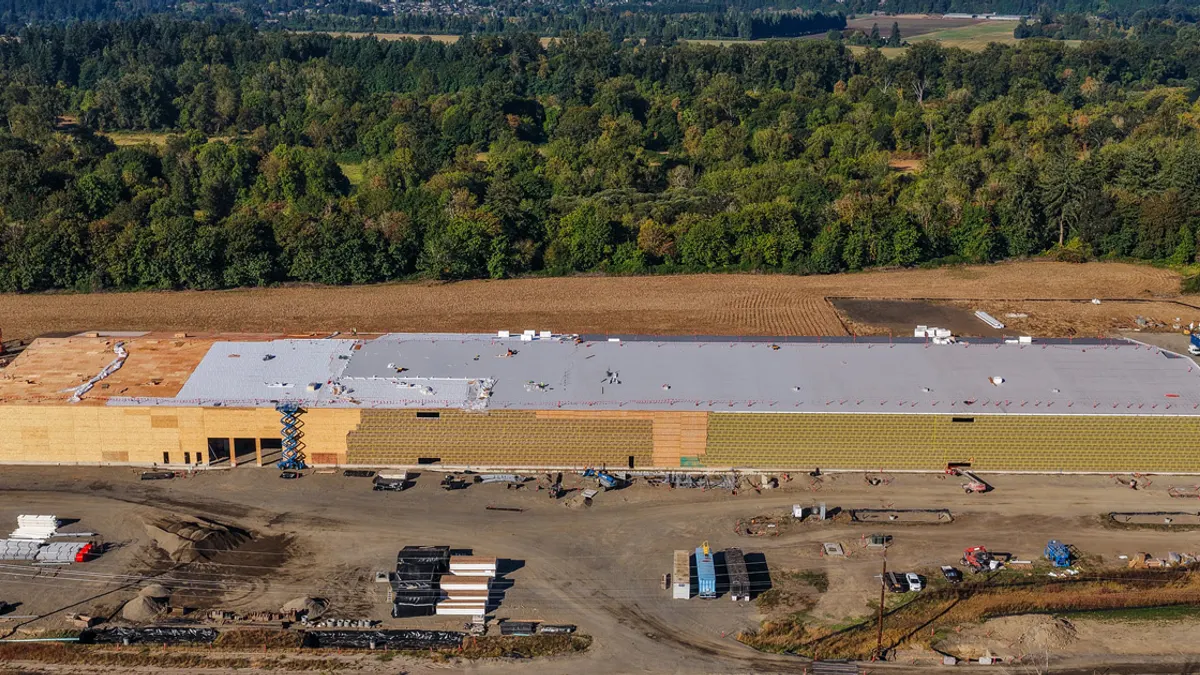Rory San Miguel is the co-founder and CEO of Propeller Aero, a drone and construction technology company. Opinions are the author's own.
The U.S. construction industry continues to experience a critical labor shortage, with up to 650,000 workers needed to fill the gap, a median workforce age of 41 and many key workers on the brink of retirement. Technology has the potential to help close this gap, and while there’s great interest in the industry to adopt new technologies, many contractors are slow to act, often reverting to trusted analog systems out of convenience.
Yet, while firms scramble to find long-term recruitment solutions and implement advanced technology, they face immediate and mounting pressure to act on the momentum from the $125 billion worth of federal contracts recently appropriated in the Infrastructure Investment and Jobs Act.
Needing to tackle so many converging challenges, the U.S. construction industry should take a page out of Japan’s book, particularly its successful "i-Construction" program — a model for creating a culture of tech adoption and attracting a younger workforce.
Japan’s big bet on construction tech
In the spring of 2016, the Japanese Ministry of Land, Infrastructure, Transport and Tourism introduced the i-Construction program to drive innovation and boost productivity. Japan was facing similar issues to those currently happening in the U.S.: The number of workers at its construction sites was expected to decline by 1.3 million by 2025.
The i-Construction program was put in place to solve these issues by mandating the use of advanced information and communication technology across every stage of publicly funded projects.
For project planning, Japan encouraged construction operators to employ more accurate imaging tools, including laser mapping and drone surveying technology, which reduced the number of people required to map a site and produced more precise 3D terrain models. Japan also used automated earth-moving equipment that use 3D data for millimeter-level guided precision, reducing the amount of soil disturbed and lessening the environmental impacts of construction. For more efficient management, Japanese construction companies even looked beyond their jobsites, implementing smart construction platforms which connect all humans, objects and precision data from one project in a single cloud.
As an added incentive, bids for public projects that propose using government-approved technologies score extra points, motivating Japanese contractors to incorporate new tools from the beginning stages of a project. After making construction tech adoption a necessity for competitive bids and efficient government projects, advanced tech solutions are paying dividends in increased productivity for Japan.
Adopting the framework stateside
Current technological adoption in the U.S. is mostly fueled by individual companies leveraging advanced tools such as 3D printing and sustainable equipment of their own accord. However, the industry needs more sufficient direction for widespread adoption, and this can occur more readily if there's an almost universal motivator.
Beyond the $100 million allocated over five years in the infrastructure act for construction technology, the government would benefit from mandating all federal construction project bids incorporate new technologies as a prerequisite.
Savvy American contractors already gain an edge when they incorporate the right technologies into their bids and this requirement would only increase industry-wide adoption, and fuel a wider cultural shift for the sector.
Using exciting tools like machine position trackers and state-of-the-art automated equipment will not only attract a new generation of workers, but will also create a culture committed to consistent technological adoption, ensuring a sustainable inflow of younger workers looking to join a cutting-edge industry.
Fostering American innovation
Encouraging the use of new technologies will reduce personnel shortages and environmental impact, while enticing tech-savvy talent to join the U.S. construction industry’s dwindling workforce.
In Japan, i-Construction has elevated the entire construction industry, and a similar framework can accelerate the same innovation in the U.S. to create more efficient jobsites with workers eager to infuse technology at every step.
With Japan as inspiration, the U.S. can use technology to lead the next era of global construction advancement.





















